Does Tahini Go Bad? [Shelf Life, Storage, and Spoilage]
Here’s all about the shelf life, storage, and spoilage of tahini. Learn how long tahini lasts, whether you should refrigerate it, and how to tell if the paste is spoiled.
So there’s this half-open jar of tahini in your fridge or pantry, sitting there for quite some time already. Now that you’re about to use it, you start wondering: does tahini go bad?
Or you’ve bought tahini for the first time and need to know if it requires refrigeration or not.
Sounds familiar?
If so, this article is for you. Let’s jump right in.
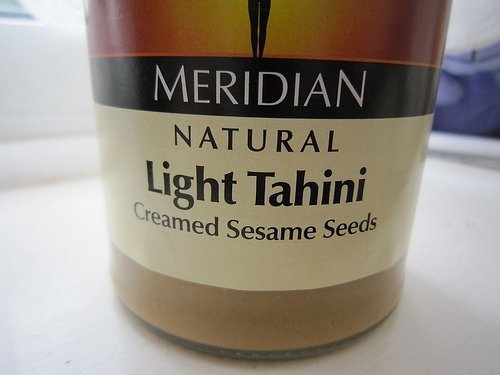
Does Tahini Go Bad?
Tahini, like other fat-heavy products, can go rancid. Rancidity is a type of spoilage that’s mostly harmless when it comes to food safety, so there’s little to no health risk if you eat rancid tahini.
However, rancidity also affects the taste and smell of the oil. And because of that, most people opt into discarding rancid oils, as foods made with those usually taste bad.
The most important factors when it comes to going rancid are time and access to oxygen, but access to light and high temperature play a role too. So if you open a jar of tahini and it smells rancid, you probably should get rid of it.
If the sesame seeds paste looks and smells okay, try tasting it. If it tastes rancid or somewhat off, throw it out too.
Otherwise, it’s most likely perfectly fine to use in your hummus, even if it’s a couple of months past the date on the label.
Related: Does Hummus Go Bad?
With that in mind, let’s talk about when you should discard tahini.
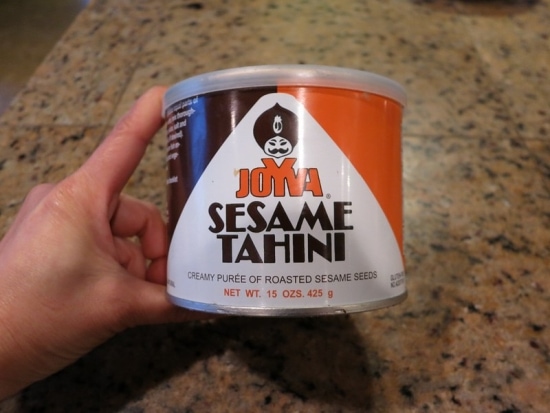
How To Tell If Tahini Is Bad?
Discard your tahini if it’s moldy, completely dry, smells sour or off, or tastes rancid or sharp. You should also toss it if the jar has been opened for way longer than recommended, like a year or longer.
Tahini consists mainly of oils from sesame seeds. Such an environment makes it quite difficult for most bacteria and fungi to grow.
Because of that, it’s highly unlikely that you’ll ever find mold or another type of organic growth on the surface of tahini. That said, if you find anything suspicious on the surface or sides of the jar, err on the side of caution.
Related: Do sesame seeds go bad?
What’s much more likely to happen is that the paste will dry out or go rancid if you store it long enough.
If it’s rancid, meaning it smells off or tastes sharp, you already know you should discard it.
What about dry tahini?
Separated or Dry Tahini
You can easily fix separated tahini using a hand blender or a food processor. After a minute or two of processing, the paste will be back to its creamy consistency. Obviously, you can also stir it with a fork or a whisk if the bottom isn’t completely dry, but that will take much longer, and the results won’t be as good.
Since tahini is basically butter made from sesame seeds, it has some similarities with nut butters such as peanut butter.
One of the similarities is that tahini, especially one without any additional ingredients, tends to separate over time.
It starts as a creamy paste, but after some time, it separates. Most of the oil ends up near the surface, while all the solids remain at the bottom. It’s a natural process, and that tahini is still perfectly safe to eat.
A byproduct of separation is that the less sesame paste remains in the jar, the drier it gets. This is because when scooping from the top, you remove the oil-rich layers first, so the closer you are to the bottom, the less oil is available, making the paste dry.
At a certain point, the leftovers on the bottom of the jar will often be completely dry – a far cry from what’s been a spreadable paste. If things get this far, you can continue using the paste, toss it for quality reasons, or try to stir in a bit of sesame seed oil or any neutral oil to restore it. Do what feels best in your circumstances.

Does Tahini Need to Be Refrigerated?
Both unopened and open tahini is shelf-stable, which means you don’t have to refrigerate it even after opening the jar. That said, refrigeration helps retain quality for a bit longer. Otherwise, store tahini in a cool and dark place, away from direct sunlight and sources of heat.
While some people suggest that opened tahini should be refrigerated, it’s okay to keep it in the kitchen cupboard just like you do with peanut butter.
Obviously, chilling the sesame seeds paste in the fridge after opening maximizes its quality and shelf life. But if you plan to use the contents of the whole jar in like a couple of months, refrigerating isn’t really necessary.
That said, read the product’s label for storage information. Some producers are adamant about storing their tahini in the fridge after opening. And if they are, you probably should oblige.
Please note that keeping the paste in the fridge makes it thicker and often ice cream-like in terms of consistency. That’s not helpful in using the paste, but you can’t avoid it.
You can fix the texture of the paste by blending it with a bit of water or sesame seeds oil. Scoop as much tahini as you need, add a teaspoon of water or oil, and process it with an immersion blender. Don’t add the oil or water to the jar unless you’re going to use the rest of the tahini right now.
Got an “expired” bottle of sesame oil and not sure if you can still use it? Read my article that answers the question “does sesame oil go bad?”.
Last, keep the half-open jar of tahini tightly closed when not in use.
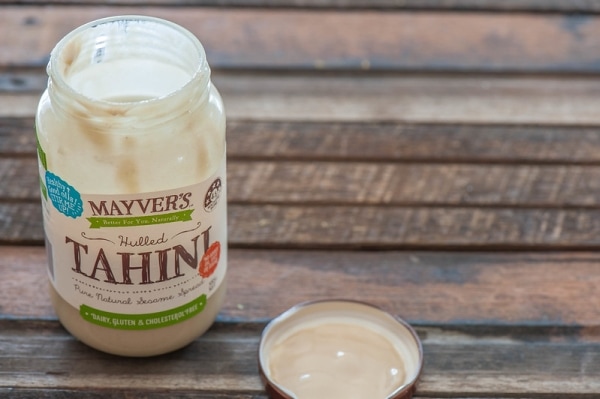
How Long Does Tahini Last?
| Pantry | Fridge | |
|---|---|---|
| Tahini (unopened) | Best By + 6 months | |
| Tahini (opened) | 5 to 6 months or Best-By | Best-By + 6 months |
Tahini comes with a best-by date that’s 1 to 2 years from the date it’s jarred and typically keeps for at least a few months past it. After opening, it stays good until the printed date or for at least 5 to 6 months. Also, refrigeration helps it retain quality longer.
Since tahini paste is mostly sesame seed oils, it has a fairly long shelf life, and it’s difficult to determine how long it will last exactly.
Similar to nut butters (like almond butter), the quality of tahini degrades gradually. Because of that, you will more likely decide to throw it out for quality purposes, not because it is unsafe to eat.
Jars of tahini usually come with a best-by date. That date informs us of how long the product should maintain freshness. Of course, that date is a conservative guess, and tahini can easily last a few months longer. But as mentioned earlier, it’s impossible to say how long exactly.
Furthermore, some manufacturers add stabilizers and preservatives to the paste, which makes it retain quality even longer. In short, if you opt for organic tahini, it won’t last as long as one with a few additional ingredients.
Once you open the jar, the process of quality degradation speeds up a bit. That means that ideally, you should finish the jar within a few months. But the paste should keep good for at least a couple of months or until the printed date, whichever comes later.
Rotten Records: Share Your Snap!
Caught some food past its prime? Upload your photo to “Rotten Records” and help others spot the signs of spoilage. Every image makes our food community safer and more informed!

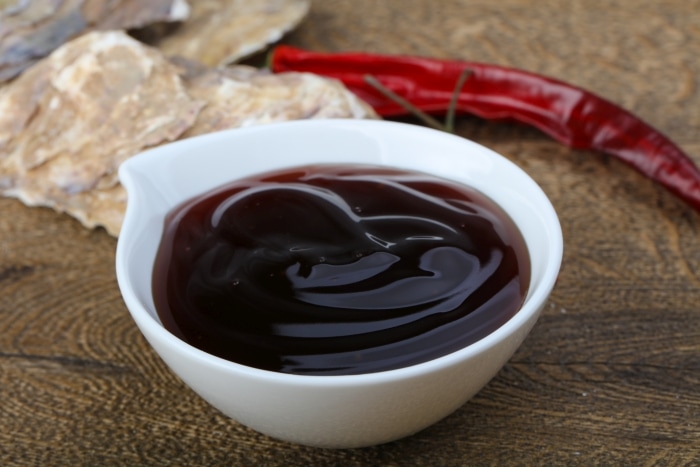
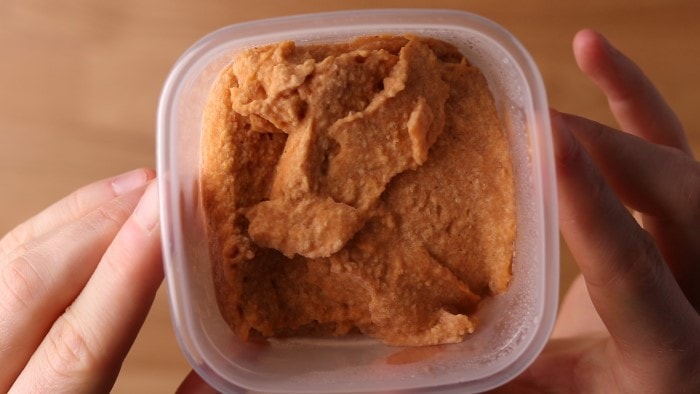
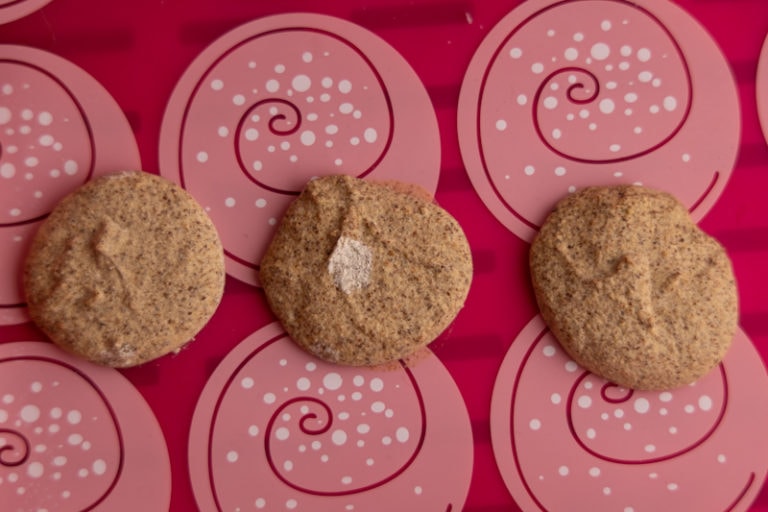
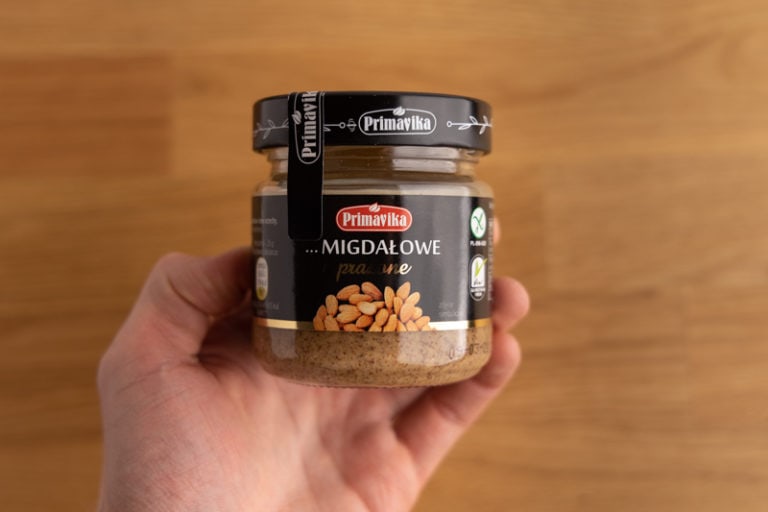
![Does Cocktail Sauce Go Bad? [Storage, Shelf Life, Spoilage]](https://www.doesitgobad.com/wp-content/uploads/Fresh-shrimp-and-cocktail-sauce.jpg)